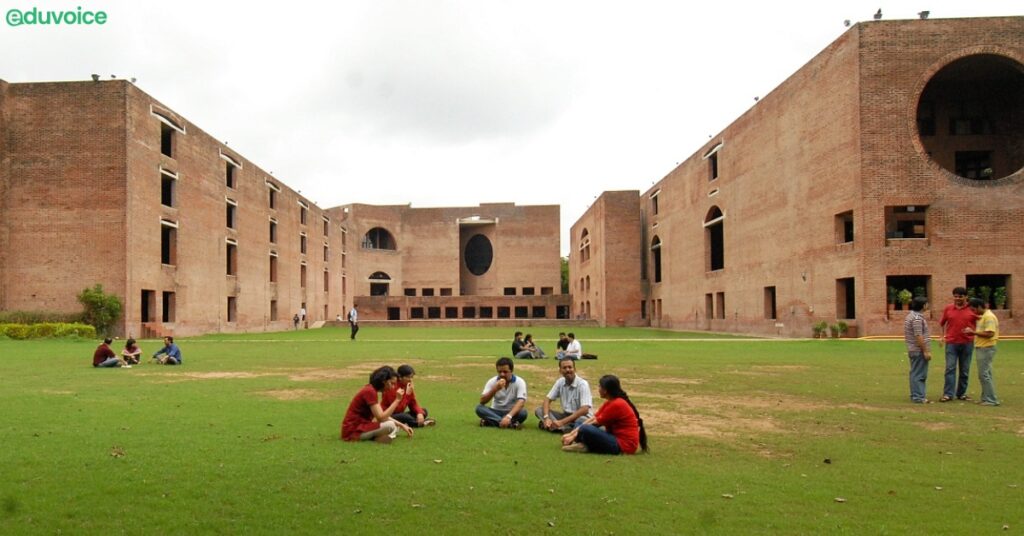Nearly 800,000 youngsters join foreign universities every year in search of quality education and entrepreneurial training, resulting in a massive outflow of resources – $3 billion – to finance their education. The reason behind these students’ decision to look for greener pastures abroad is the lack of quality teaching and research in the majority of India’s higher education institutions (HEIs). Over 40,000 colleges and 1,000 universities are producing unemployable graduates who cannot function in a knowledge- and technology-intensive economy.
The solution that the Indian government came up with is opening doors to foreign universities with a proposed set of regulations to provide higher education and research services to match global standards. Another reason was to control the outflow of resources. However, the step has raised many questions.
Surprisingly, the government, while promoting social justice and welfare through the Economically Weaker Sections (EWS) quota in educational institutions, has taken this decision without any limit on the fee structure. Education experts and academics are concerned that opening the doors to foreign universities may further strengthen the notion of commercialisation of education, and decades down the line, it may overshadow our educational models and encroach on our educational system.
There is no denying that the presence of foreign universities may have some advantages, but we have to weigh what disadvantages it may cause in the short and long run. Can we envision creating IIT and IIM campuses with the same rules abroad?
However, there are no corresponding gains to India’s economy of the highly educated and trained manpower for domestic companies. Most job seekers seek placements in multinational corporations with higher earnings, and therefore, they do not return to the country.
Another concern raised by educationists is that education in India is largely a social welfare activity for which the government has made an oft-repeated commitment to allocate at least 6% of the GDP; however, currently, less than 3% of the GDP is spent on education. While several private educational institutions offer diploma/degree programmes as a social service, they are not permitted to commercialise education or earn profits. Why?
Though the Supreme Court of India prohibits profit-making in providing educational services, there is a proliferation of private institutions under the patronage of large business houses and top political leaderships who resort to accounting gimmicks to circumvent tax laws to generate surpluses and profits. Is this what India is expecting foreign universities to do in the country?
In such an educational environment, in which the private education sector lobby is so strong and is able to flourish despite a ban on profit-making, foreign HEIs don’t see India as an attractive destination.
Now, the question is, why should a top and credible foreign university, say Harvard or Oxford, supported by its donors and taxpayers’ money, do a charity service in India without tangible gains to its financiers?
The proposed guidelines by University Grants Commission (UGC) do not commit to providing physical or financial capital for setting up campuses. While foreign universities will be allowed to charge any amount of tuition and other fees, how can they generate profits for repatriation when the Supreme Court does not allow the operation of ‘for-profit’ educational institutions? Foreign direct investment in the education sector is unclear.
In fact, foreign investment in HEIs has to be attractive in terms of profit-making for both the country of origin of HEIs and the private investors. Most countries in Asia and Europe, and the US allow for the establishment and operation of ‘for-profit’ institutions, while HEIs in India operate on the basis of a ‘not-for-profit’ basis. Therefore, the government’s approach to inviting foreign HEIs to India without profits is flawed.
Additionally, students, who are spending huge amounts on their foreign degrees, are looking for decent earnings in MNCs, for which India’s employment market is ill-suited due to massive unemployment problems across the professions.
UGC had earlier invited foreign universities, but no one has responded thus far. Why? This must have been investigated to know why foreign HEIs are not interested in locating their campuses in India. The experiences of countries in West Asia, even with financial support, have not been successful as expected due to various regulatory, financial, and academic reasons.
In the past, some of the best-performing universities in India have tried to establish collaborative arrangements with credible foreign institutions for students and teachers to exchange and promote joint research programmes. Even though UGC supported such collaborations by Indian universities, the Ministries of Home and External Affairs have not encouraged student or faculty exchanges, citing national security concerns.
In view of this, the proposed UGC guidelines are ill-conceived and populist, and hardly take note of the educational and financial interests of foreign universities.
M.M. Ansari is a former member of the University Grants Commission and Mohammad Naushad Khan is sub-editor at Radiance Viewsweekly.
For More Such Articles, News Update, Events, and Many More Click Here






